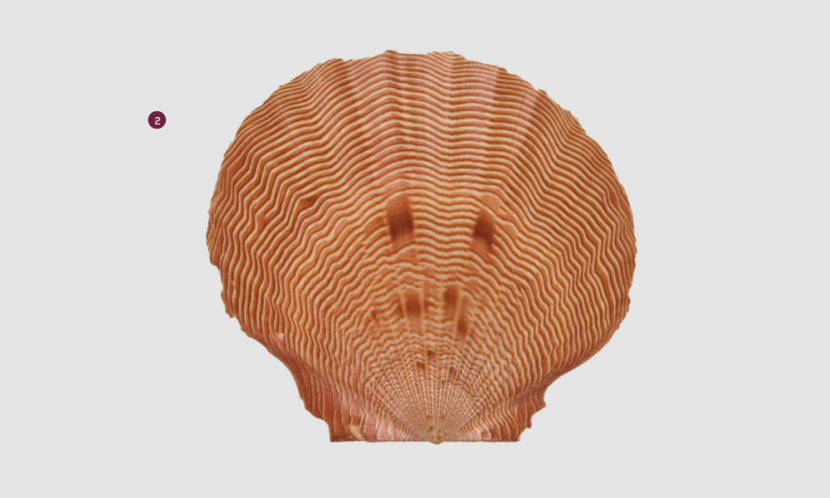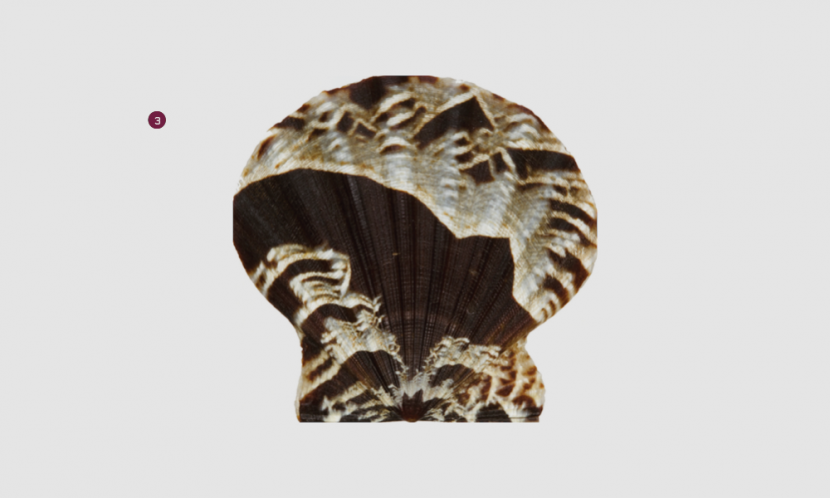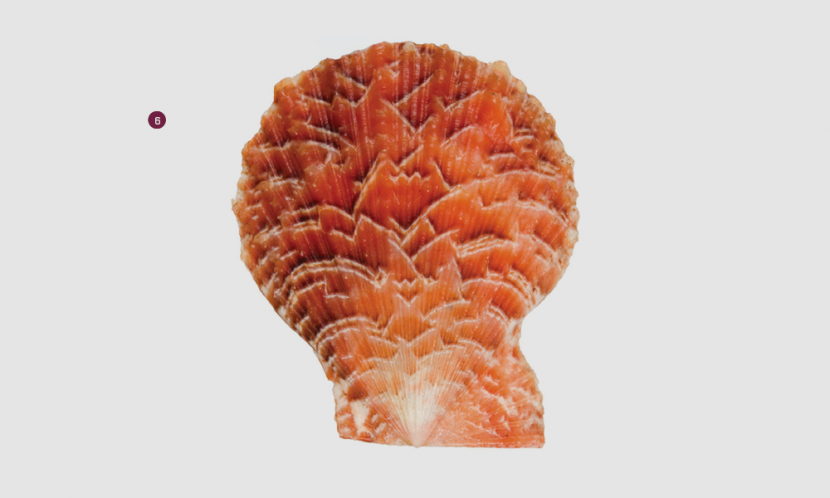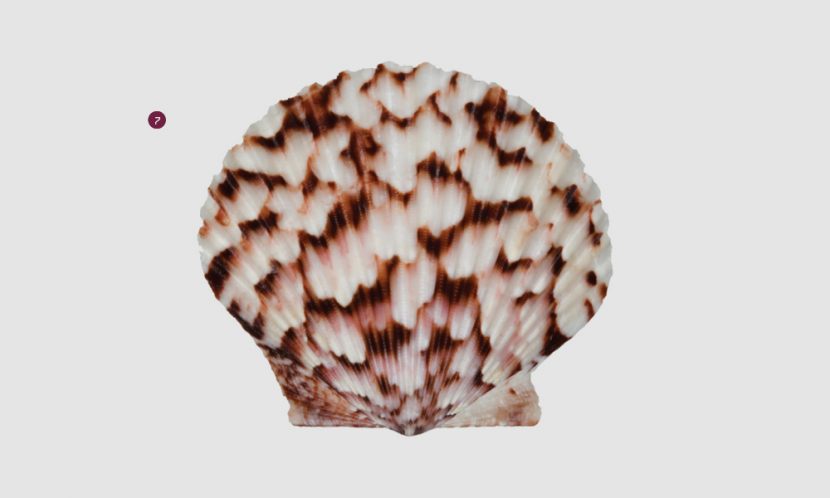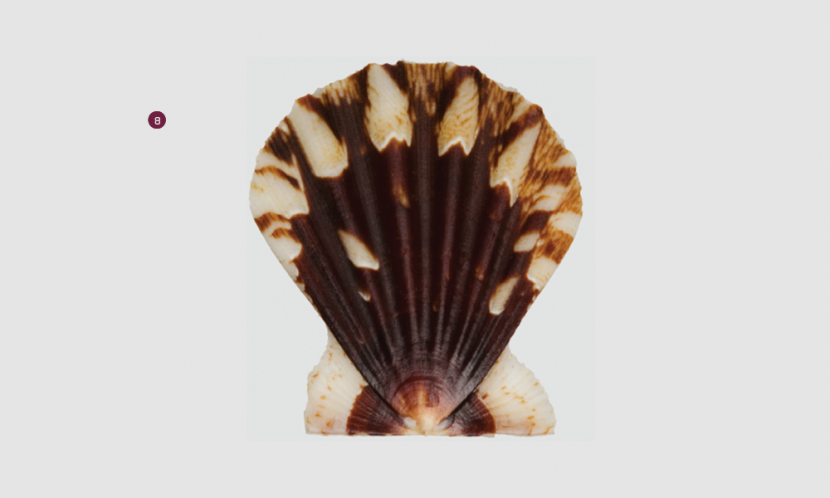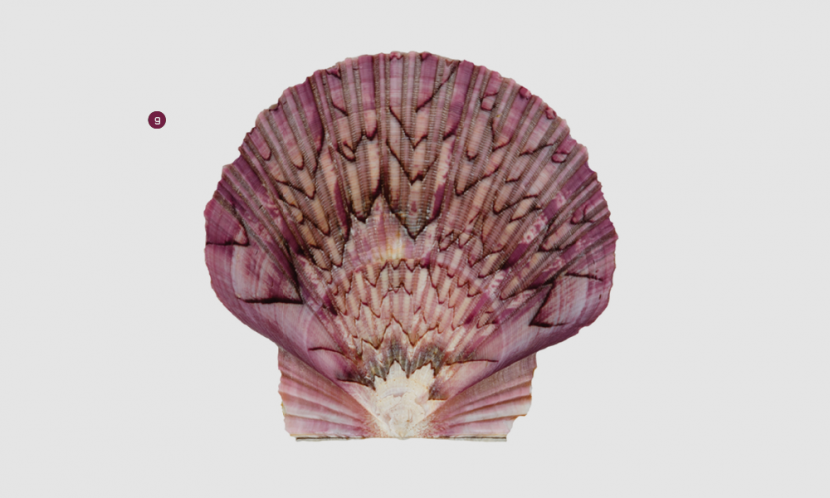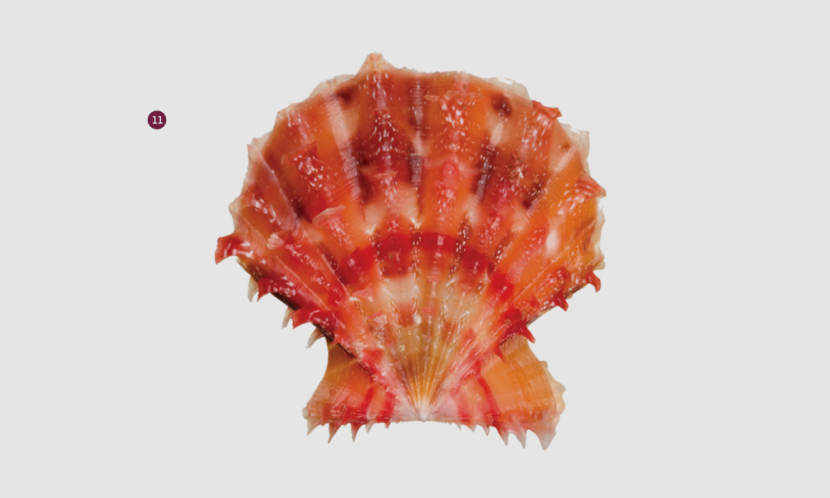The Malacology Collection at the Academy of Natural Sciences of Drexel University is the oldest of its kind in North America, and the third largest in the world. Collection Manager Paul Callomon is its gatekeeper. Only he doesn’t keep anything from anyone. The collection is meant to be explored, it’s meant to be used. It’s a record of the natural world with the potential to answer limitless questions.
Researchers from around the world come to the Academy to tap into its riches. Many come from countries like Brazil and Singapore, countries that perhaps never had museums or biological collections as old as the Academy’s, to learn more about the biological history of their own country, Callomon says.
Within the museum, Academy scientists often discover new species while organizing and cataloging the collection, a seemingly never-ending task when you have more than 8 million specimens collected over two centuries. Recently, Callomon reclassified a specimen — the spindle shell (Fusinus) — that was new to science but which had previously grouped in with existing names.
“We are discovering new stuff in our cabinets all the time,” he says.
While the collection is primarily used for systematic work like identifying species or describing new ones, Callomon says, it has a growing role as a “calendar of climate change.”
“We have specimens that were collected 150 years ago and in geological time that’s nothing, but in terms of climate change, that’s a big deal,” he says. “You can’t go back in time and get these specimens. So, it’s not necessarily how much we have in the collection; sometimes it’s about how old some of this stuff is.”
These were the attributes that caught the attention of David P. Gillikin, associate professor of geology at Union College in New York, who was searching for freshwater mussels from Africa. The Academy’s database of freshwater mussels happens to be one the collection’s strongest assets.
Gillikin and his team are in the middle of a four-year Belgian Flemish Science Foundation-funded project to reconstruct the paleohydrology and hydroclimate of Africa, using freshwater mussels to study ancient rainfall patterns by comparing shell chemistry and water chemistry over time. They’ve collected modern specimens — anything collected in the past 10 years — in the field but when it came time to examine centuries-old specimens, the Academy’s collection was the clear choice.
Gillikin accesses the shells’ chemistry through destructive sampling, which usually means drilling a small hole in the shell and placing the powder in an isotope ratio mass spectrometer. This practice is allowed, Callomon says, when the Academy has multiple examples of a particular species.
“Having curators and collection managers who are open to this is really useful for this type of work,” says Gillikin. “And luckily, since we’re working with bivalves, we only sample from one of the two shells each animal produces.”
His work would not be possible without the Academy’s specimens, he says. “Without the shells from the Academy and the blessing to do destructive sampling, we would have a huge hole in our dataset of African shells.”
1._Argopecten lineolaris, Lamarck, 1819
Caribbean Sea, Gulf of Venezuela, taken by local fishermen at 30 fathoms. 1980s.
2._Bractechlamys corallinoides, d’Orbigny, 1840
Eastern Atlantic Ocean off Punta Teno, Tenerife, Canary Islands; taken by free diver at 22 meters. 2012.
3._Flexopecten glaber, Linnaeus, 1758
Ionian Sea off Taranto, Italy; netted by local fishermen. 2010.
4._Caribachlamys pellucens, Linnaeus, 1758
Western Atlantic Ocean off Palm Beach, Florida, in rubble at 65 feet. 1980s.
5._Scaeochlamys squamata, Gmelin 1791
Sulu Sea off Zamboanga City, Philippines, at 100 meters deep, in a tangle of nets set for shell fishing. 1986.
6._Complicachlamys wardiana, Iredale 1939
Indian Ocean at Broome, Western Australia; under rocks on a reef. 1985.
7._Argopecten gibbus, Linnaeus, 1758
Caribbean Sea, in seagrass beds on north side of Isla de Coche, Nueva Esparta State, Venezuela; taken by SCUBA diver at night at 45 feet. 1993.
8._Decatopecten plica, Linnaeus, 1758
Mindanao Sea off Surigao City, Surigao del Norte Province, Philippines, taken by local fishermen. 2013.
9._Euvola ziczac, Linnaeus, 1758
Caribbean Sea off La Isleta, Islas Margarita, Nueva Esparta State, Venezuela; dredged in 11–14 meters. 1990s.
10._Mimachlamys varia, Linnaeus, 1758
Mediterranean coast of Morocco, by local fishermen. 1980s.
11._Mirapecten rastellum, Lamarck, 1819
Camotes Sea off Nocnocan Island, Bohol Province, Philippines, by local fishermen. 2012.



